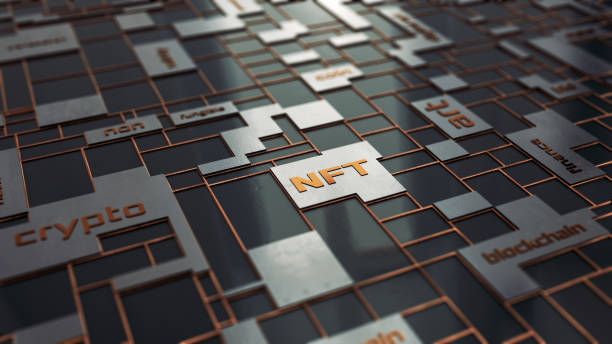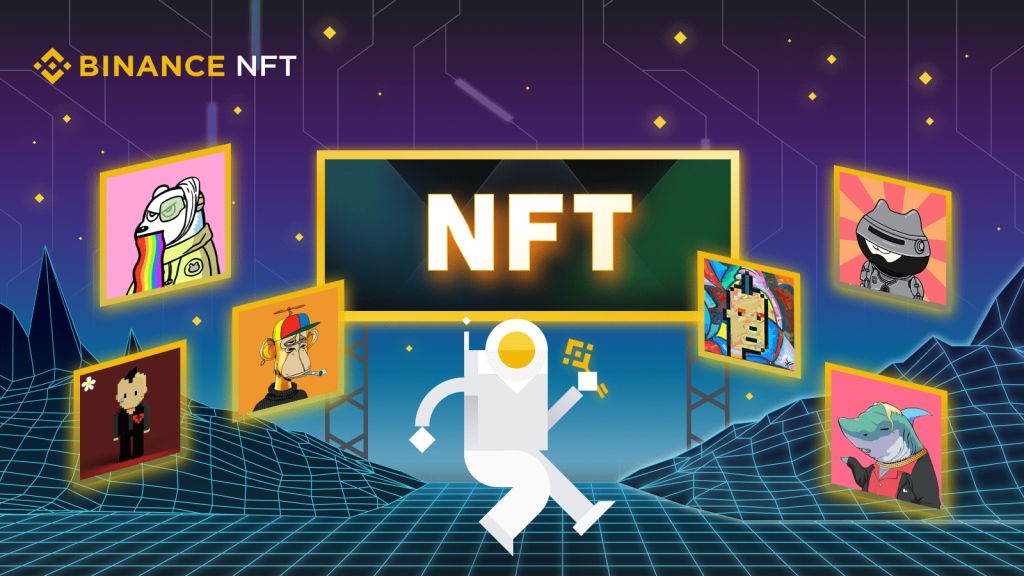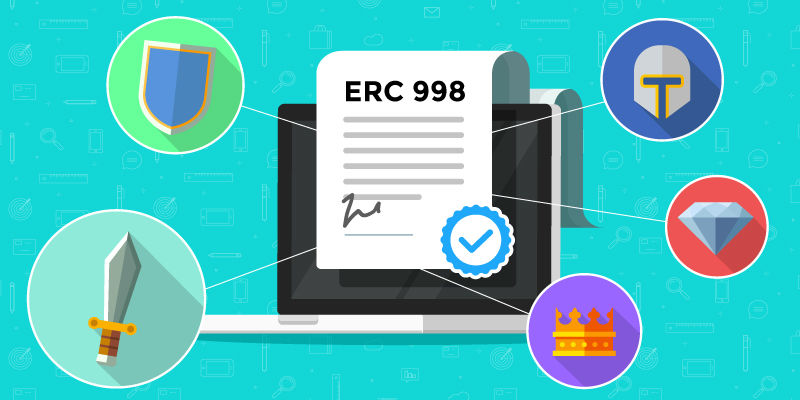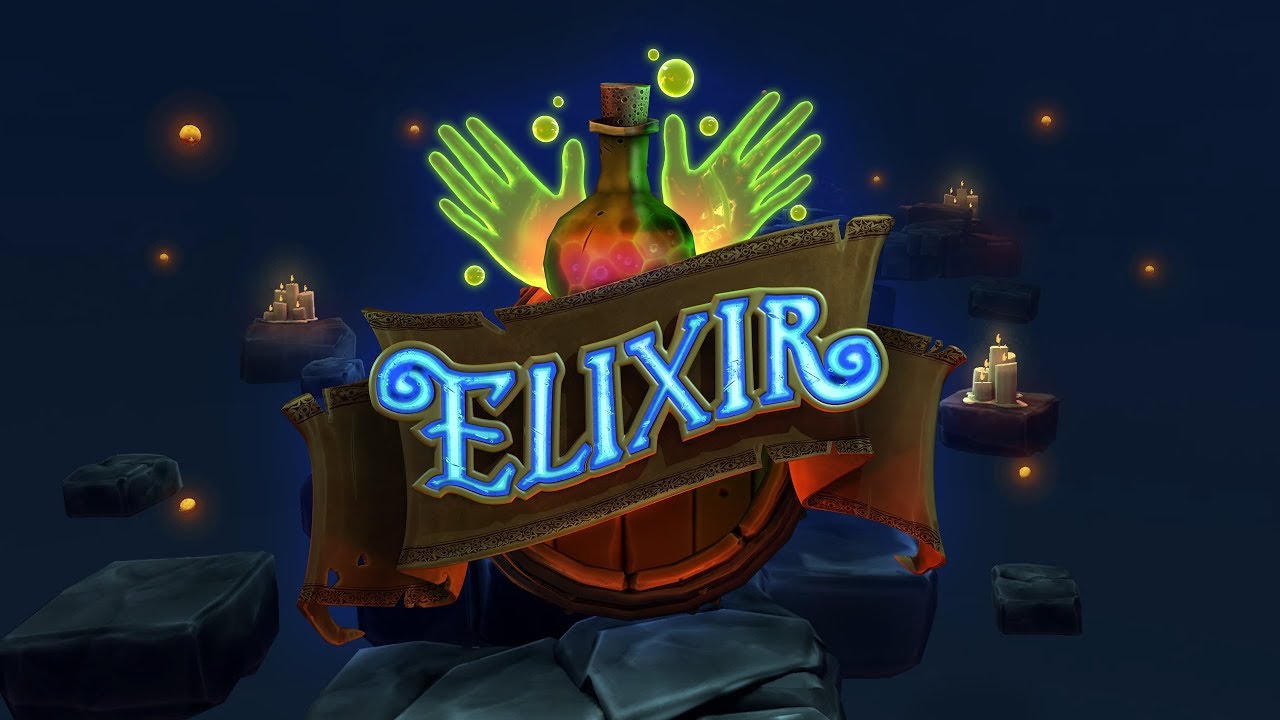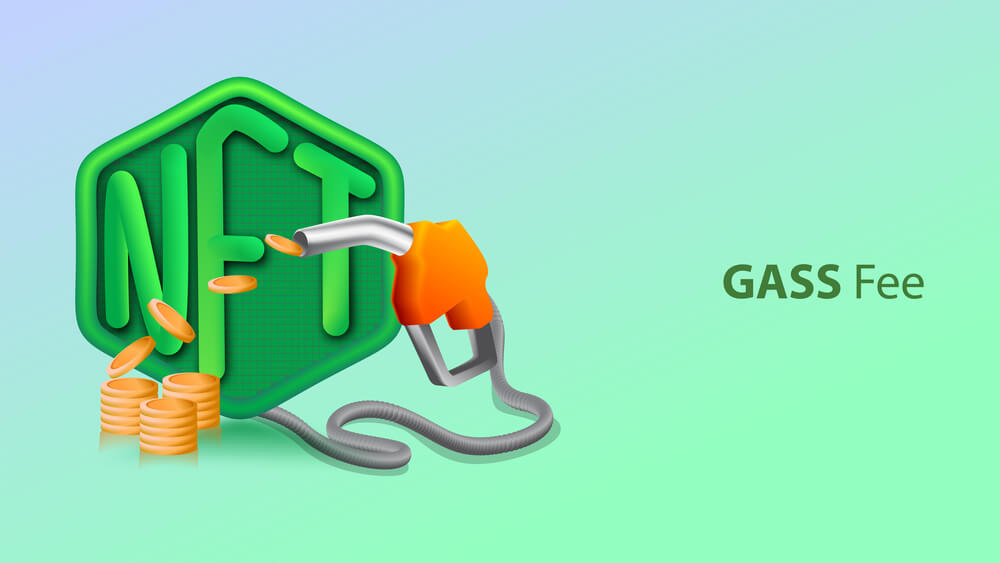Nonfungible tokens (NFTs) felt like all the rage in 2021. Celebrities like Reese Witherspoon and Snoop Dogg came in sporting 6-figure JPEGs as their profile pictures. In the meantime, Beeple’s “Everydays: The First 5,000 Days” NFT sold for over $69 million at Sotheby’s auction house. Additionally, the NBA and Dolce & Gabbana dived into the space with collections of their own.
As the general crypto markets tumble and crumble, nonetheless, so have NFTs. The most commonly used crypto to purchase and mint digital assets, Ethereum, has lost 78.7% of its value since its November 2021 all-time high, based on Messari data.
In that context, the top-tier collections have seen their values plummet too, according to one DappRadar industry report, with Bored Ape Yacht Club (BAYC) floor prices dropping by 38% in June. One of the biggest NFTs marketplace, OpenSea, lost 65% of its trading volumes and had a 14% drop in the number of users during the same time.
The hopeful Web3 venture capitalists and founders, nevertheless, told Insider that though the prices are dropping currently, the tokenized assets will stick around and in the end hit the mainstream by 2032.
10-Year Projection For NFTs
The founder of cryptocurrency venture company Web 3 Equities, Benjamin Cohen, believes that most NFTs will not be featured on social media accounts as a means of flexing the collector’s wealth. On the contrary, they will have a huge variety of use cases that include gaming, music, ticketing, deeds for houses, virtual real estate, collateral for loans, and medical records.
Republic Realm, a virtual real estate developer, announced it had acquired a piece of property in The Sandbox metaverse game for $4.3 million. In March 2022, an anonymous borrower took out an $8 million loan. That specific loan was backed by a collection of 101 CryptoPunk NFTs. Cohen stated:
“Over time entrepreneurs will find creative ways to use NFTs and smart contracts in ways that we haven’t conceived yet, far beyond the scope of status symbols.”
Although they launched different companies, Cohen and the CEO of blockchain ticketing platform YellowHeart Josh Katz agree that NFTs will move towards more utility use cases.
Katz believes that people will eventually cut out the middlemen by using ticket NFTs, eliminating third parties like Ticketmaster. YellowHeart worked with musicians like Maroon 5 and Kings of Leon. It confirmed a partnership with Tao Group Hospitality, to sell tickets to its venues as nonfungible tokens. Katz said that most projects will have fiat on-ramps adding that:
“Businesses are going to figure out cool ways to incorporate NFTs into something that we’re doing every day right now. For ticketing, you could cut the line, get to the venue early, or get a free beer.”
In 2032, NFTs will also be more accessible than they are currently so that a majority of the internet users can afford them, according to the founder and CEO of NFT lending marketplace NFTfi, Stephen Young. He stated:
“At the moment, many NFTs are expensive because blockchains are expensive and slow, so the use cases that make sense require high-value NFTs.”
To mint or buy a nonfungible token on Ethereum, investors and creators need to pay gas fees. The costs arise when executing any form of function on Ethereum’s network. Sometimes, these fees can be more expensive compared to the NFT itself. But, other Layer-2s and blockchains like Solana and Polygon have quicker transaction times with lower costs.
Mainstream Adoption And challenges
The managing partner of NFT investment company Sfermion, Andrew Steinwold, is convinced that gaming will be the use case that will attract most of the users to NFTs. Sfermion announced a $100M fund in 2021 and has previously invested in artificial intelligence-enabled NFT platform Alethea AI, virtual real estate marketplace Parcel, and Web3 developer platform Mojito.
Steinwold said:
“I think NFTs in gaming have a really simple selling point to the user, ‘Hey you spent $20 on this digital goods in this video game, but you don’t actually own it. Wouldn’t you like to own it?'”
Blockchain gaming, unlike the general crypto markets, has remained quite stable in recent months. About 1.15 million daily active wallets interacted with Web3 games in May 2022, as highlighted in a DappRadar report, dropping by 5% from April. The most popular games include Illuvium and Splinterlands.
Video games are also proven to be ‘fun and easy’ to understand for everyone irrespective of age, according to Steinwold. That fact lowers the barrier of entry to enter its general ecosystem. Games that integrated tokenized assets on-chain (blockchain gaming) grew by more than 2,000% in 2021, per a Q1 2022 DappRadar and Blockchain Gaming Alliance report.
With the extensive growth in NFTs comes criminals and other bad actors. These characters present lots of obstacles to mainstream adoption. Critics are worried about the security of the budding ecosystem citing scams and money laundering allegations.
A few weeks ago, Yuga Labs said its Discord server had been attacked, with the hacker stealing $360,000 worth of Ether-based NFTs at the time. In January 2022, anonymous founders of a nonfungible token collection known as Frosties vanished after stealing $1.3 million worth of funds from the investors.
Chainalysis said in a recent report:
“Money laundering, and in particular, transfers from sanctioned cryptocurrency businesses, represents a large risk to building trust in NFTs, and should be monitored more closely by marketplaces, regulators, and law enforcement.”
NFTs do not seem to be going away anytime soon. Investment bank Jeffries projects a huge percentage growth in the coming five years, together with a market cap of more than $80 billion by 2025.

